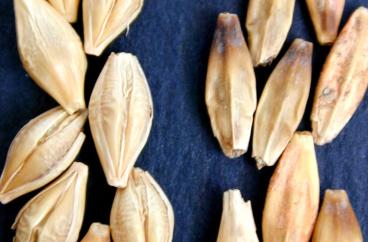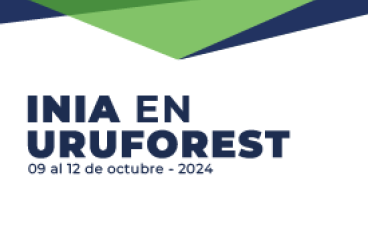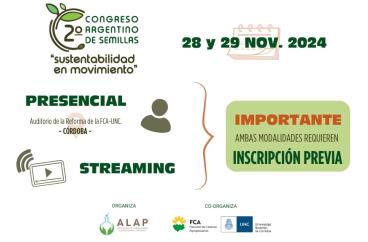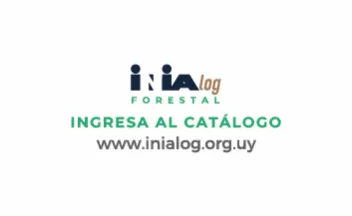Instituto Nacional de Investigación Agropecuaria

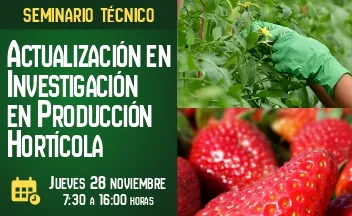
Proyectos de investigación y desarrollo a nivel nacional y cooperación pública-privada.
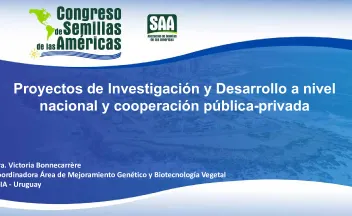
CONTENIDO:Contexto:Inversión I+D en agrícola (fitomejoramiento). -- I+D en el sector público - fitomejoramiento. -- Asociaciones público-privadas (PPP). -- Mejoramiento genético en INIA. -- Red Nacional de Biotecnología Agrícola. -- Las plataformas. -- Líneas de investigación desarrolladas - Edición génica (CRISPR/Cas9). -- FONTAGRO. Edición génica para mejoramiento en especies vegetales y animales. --
Characterization of the population structure and genetic diversity of a Chinese soybean diversity panel. [abstract]
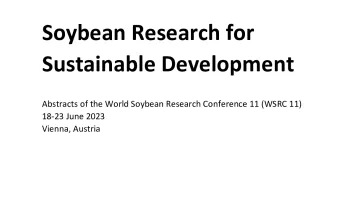
Soybean is a major commodity crop in Uruguay, and genetic diversity is essential for crop breeding programs to achieve genetic gain, adaptation, and stability. In this study, the genetic diversity and population structure of a soybean diversity panel from China were characterized by the Soybean Breeding Program of the National Institute of Agricultural Research of Uruguay (ISBP) in order to assess its potential for use in the program.
Assessment of grain quality traits in a Chinese soybean diversity panel. [abstract].

Soybean grain quality with high protein and oil content is in high demand by domestic and international markets. The National Agricultural Research Institute of Uruguay (INIA) soybean breeding program aims to develop varieties that can meet those requirements.
Paginación
- Página anterior
- Página 6
- Siguiente página

